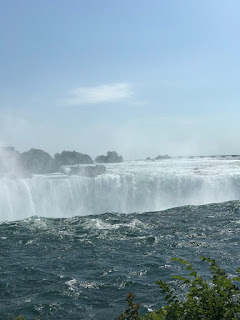Process for obtaining 19th century photographs developed by Karl Klíc which involves the transfer of a photographic image to a copper plate. This process was time consuming and required a lot of patience from the photographer. A photogravure has all the qualities of a photograph, this brings the art of photography into engraving, translating all the most delicate shades of gray, combined with the depth of a metal engraving. Photogravure is a direct printing process, whose name derives from the cylindrical shape and the rotary principle of printers used at that time. It's different from other methods in that all the originals have to go through a "recycling" process. The first design of a printing matrix machine with some features of photogravure was made in 1784 by Thomas Bell. However, the first design of a rotary printing equipment to use the photogravure process was in 1860, and is due to Karl Klic, who is considered "The Father" of photogravure.
In according to Trabalhos Feitos; In Photoengraving, printing applies the amount of ink to different parts of the printout. This is made possible by engraving cells on a copper and chrome plated cylinder. The gradation of the image's shades is determined by the depth of the cells: the deep ones contain more ink, so they print darker tones; Shallow, less ink results in lighter shades. After being engraved on the copper-coated cylinder, the image is coated with chrome for added strength.
The main feature of photogravure is the extremely high print speed. Because the runs are very large it is usual to work with several large photogravure towers, coupled directly to the finishing system. This implies large printing and finishing parks, producing products already collated (with neat sheets), folded, cut and assembled. Surely you may have seen in the movies or on television, some machines accumulating making newspapers at high speed. Photogravure contributed to photography so that people had faster access to the news. The newspapers were ready in a very fast manner in which it was impressive and revolutionary for the time. Also, the first photo frames were used through the idea of photogravure, as the photogravure was always send to a board, the photographers got the idea to make boards and put the pictures in the journal as well.
For that time the technology was not the best thing in the world. I meant if we compare the tools we have today and what they had back at XIX century, it is kind of disadvantageous. For that time I believe people were very thankful for everything they have had at that moment because they could not expected something better would come. In the other hand, I believe today we have everything in the palms of our hands. To take a photo we do not need even to make some effort, everything is so easy. Back at that time, they had to wait to see what was going on around the world or even in their own countries. Nowadays, with just one click we can see the news in the whole world with pictures in HD that can even show how big is people's nails. I believe that photogravure changed a lot of things for people who was born in that time but it is very unfair we compare with the technology we got nowadays.
Photo taken by me in a soccer trip.
I chose that picture because it reminded me about portrait ways to take pictures, and this picture I took with my cellphone with a portrait effect making the background looks brilliant.
After research about this technology, I found out a lot of new things that I have never imagined that people back at that time had the idea to do such a nice process to get better pictures. For me, the idea of transfer everything to a plate to get a "better" view or idea of the picture that they just took is such a nice thing to think about it. For me photogravure was a big thing that change the life of the photography and helped a lot of photographers as well.
Sources cited:
http://atelierpiratininga.com/tecnicas/fotogravura/
https://prezi.com/eag85r-bngcg/cianotipo-e-fotogravura/
https://en.wikipedia.org/wiki/Photogravure
Sources cited:
http://atelierpiratininga.com/tecnicas/fotogravura/
https://prezi.com/eag85r-bngcg/cianotipo-e-fotogravura/
https://en.wikipedia.org/wiki/Photogravure








